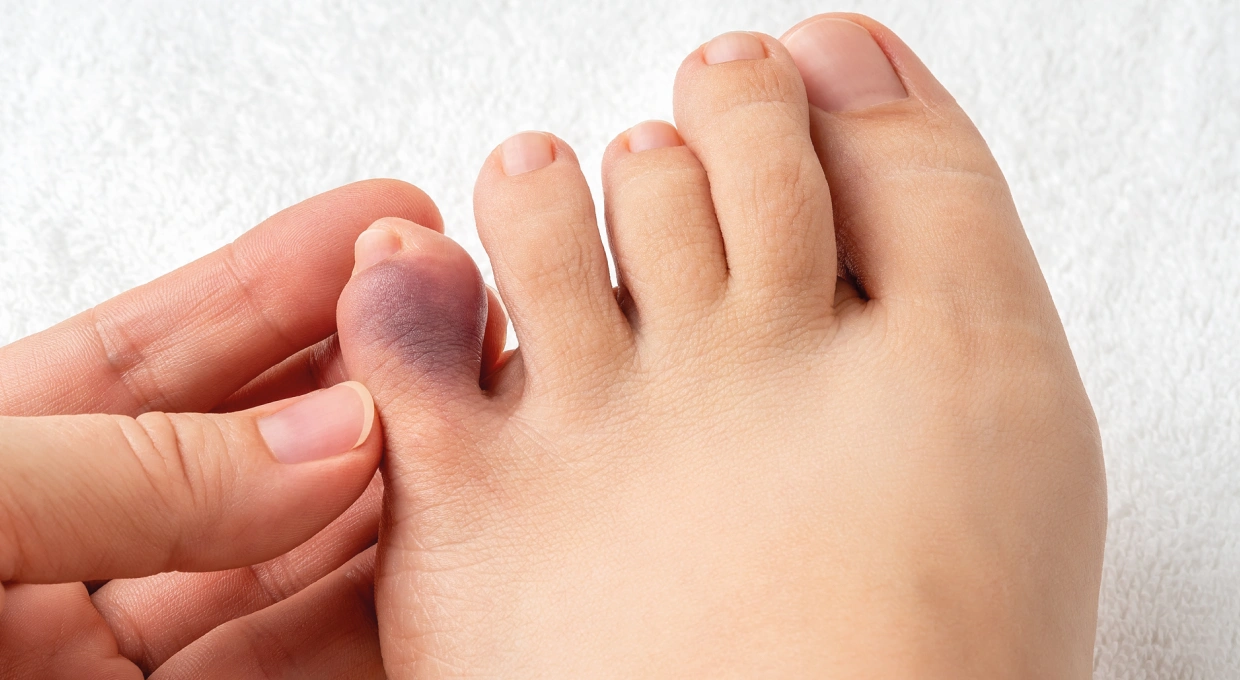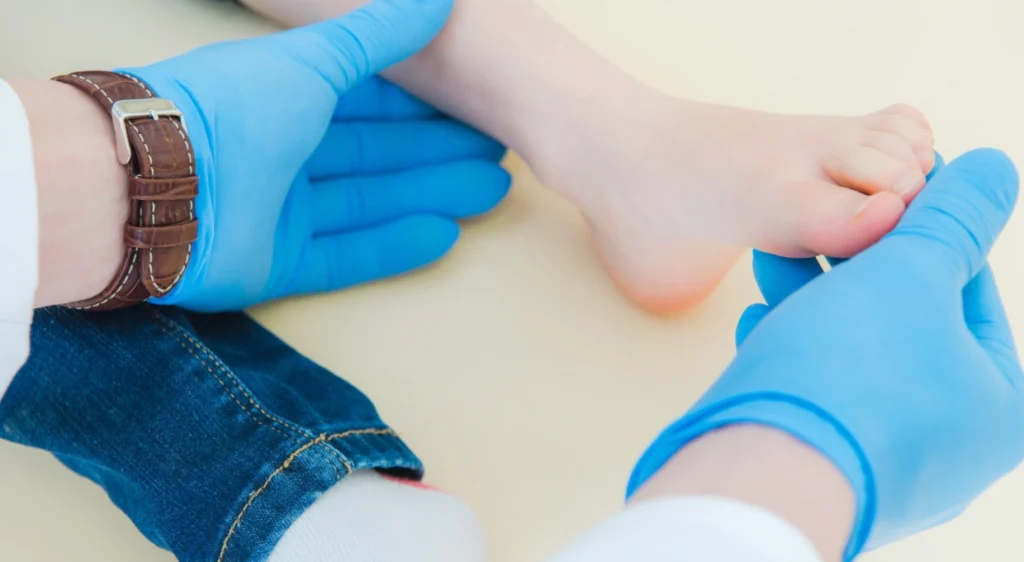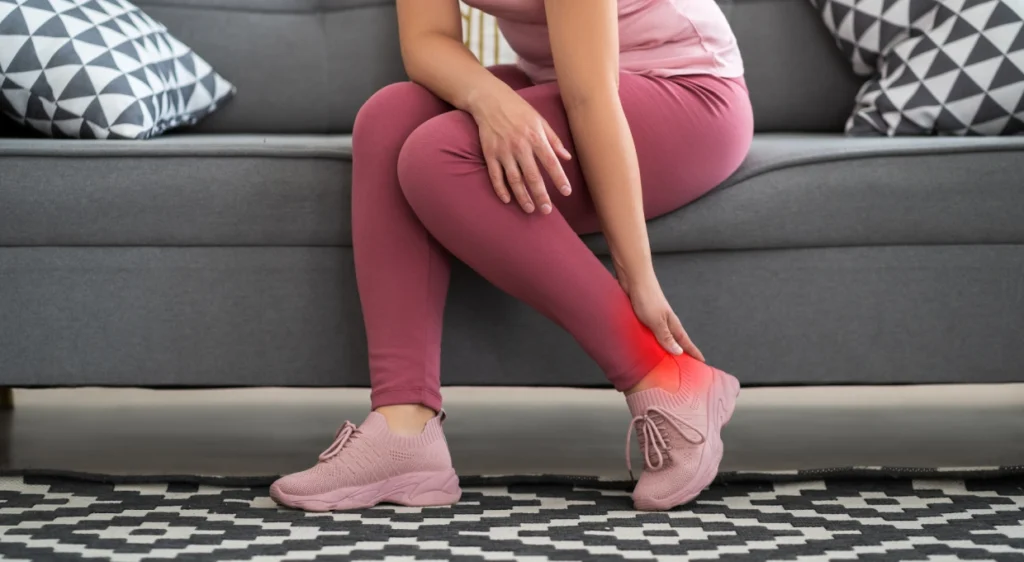A severe foot injury can occur at any time, whether while playing sports, at work or at home. Although it may sometimes seem like a simple incident, a foot injury can have serious consequences if not treated properly. It is important to know how to act to minimize damage and speed recovery.
Initial evaluation: Is the blow serious?
The first thing to do after a severe blow to the foot is to assess the severity of the injury. Some signs that may indicate a serious injury include:
- Intense and persistent pain: If the pain is very severe and does not subside after a few minutes, it could be a sign of a fracture or significant tissue damage.
- Immediate swelling: Swelling that appears quickly after the blow may indicate an internal injury, such as a hematoma or fracture.
- Difficulty moving the foot or toes: Inability to move the foot or toes could be a sign of a fracture or tendon damage.
- Bruising: Rapidly appearing bruises may indicate ruptured blood vessels and a possible fracture.
If you notice any of these symptoms, it is essential to seek medical attention immediately. However, even if the symptoms are not severe, it is advisable to follow some steps to treat the injury at home.
First aid: How to act immediately after a stroke
- Apply ice: Placing an ice pack on the affected area for 15-20 minutes every hour can help reduce swelling and pain. It is important not to apply ice directly to the skin; use a towel or cloth as a barrier.
- Elevate the foot: Keeping the foot elevated above the level of the heart may help reduce swelling. Try to keep the foot elevated as much as possible for the first 24 hours.
- Compression: Wrapping the foot with an elastic bandage can provide support and help control swelling. Make sure the bandage is not too tight, as it could cut off circulation.
- Rest: Avoid putting weight on the injured foot. If necessary, use crutches to keep weight off the foot until the pain subsides.
When to go to the doctor
It is crucial to know when it is necessary to seek professional medical attention. You should see a doctor if:
- Pain does not improve or worsens after 24-48 hours.
- Swelling does not decrease or continues to increase.
- You notice deformity in the foot or toes, which could indicate a fracture.
- You experience numbness, tingling or a cold sensation in your foot, which could indicate circulatory or nerve problems.
Your doctor may recommend an X-ray or other imaging tests to assess the damage. If a fracture is confirmed, you may need a splint or cast to immobilize the foot while it heals.
Treatment and recovery
Treatment for a severe foot injury will depend on the severity of the injury. In minor cases, following the above first aid may be sufficient. However, for more serious injuries, treatment may include:
- Pain medications: Nonsteroidal anti-inflammatory drugs (NSAIDs), such as ibuprofen, can help reduce pain and inflammation.
- Physical therapy: If the injury affects mobility, the physician may recommend physical therapy sessions to strengthen muscles and improve range of motion.
- Prolonged rest: In some cases, a prolonged period of rest may be necessary to allow the foot to fully recover. It is important to follow the doctor’s recommendations and not to rush back to physical activity.
Prevention of future injuries
To prevent future foot injuries, consider the following recommendations:
- Wear proper footwear: Shoes that provide good support and cushioning can help protect your feet from injury.
- Keep the area clear of obstacles: At home or in the workplace, make sure there are no objects on the floor that could cause tripping.
- Strengthen your feet: Performing exercises to strengthen foot muscles and improve balance can reduce the risk of injury.
Conclusion
A severe blow to the foot can range from a simple bruise to a serious fracture. Knowing how to act immediately after the blow and when to seek medical attention is crucial for a quick and complete recovery. If you experience a foot injury, follow these tips and don’t hesitate to consult a health care professional to ensure you receive proper treatment.



